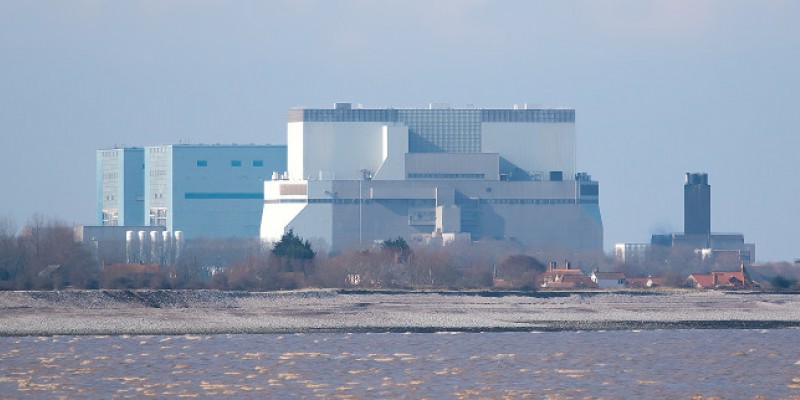
On, off, on, off the roller coaster of Hinkley Point C continues, however in my view, with power brownouts and maybe even blackouts on the horizon, it seems extremely unlikely that the first nuclear power station for a generation won't eventually be given the greenlight. Phil Smith, MD of Business West, describes the impact of his recent visit to the controversial site.
30 tonnes with one scoop! That's what each of the 3 massive yellow diggers can shift with one manouevre as they prowl somewhat ominously around the 400 acre site at Hinkley Point C. That's like picking up 15 large family cars in one go. What adds to a bizarre industrial scene is the fleet of 100 tonne lorries that constantly feed off these monsters, like a stream of worker bees around their queen.
In its current state, which is more reminiscent of a lunar landscape than a modern power station, the site on the northern coastline of Somerset is being prepared for the construction of two new pressurised water nuclear reactors which, when operational, will generate 7% of the UK total electricity supply. Given the age of many of the UK's coal fired power stations this new source of low carbon energy is vital for the UK's security of the supply of electricity over the next 30 years. Such a base load of energy is an important ingredient in the UK's need for a mix of new energy sources, as this constant energy source depends not on the wind blowing, the waves crashing or the sun shining.
Even an engineer like me, who honed my construction skills in the early 80's on the massive oil platforms of the North Sea, was taken aback by the planning and resources needed for the building of Hinkley Point C nuclear power station. The scale of what is Europe's largest construction project is simply eye watering - for example requiring more structural steel than 9 aircraft carriers and 5 London Eyes put together.
A 500m jetty and four massive cement making plants are just 2 examples of constructions being installed temporarily, simply to build the power station. They all will be removed once the reactors are built. A huge sea wall and double skinned concrete dome, each as thick as a castle's wall, are reassurances against natural and man made disasters disturbing the 60 year life span of these reactor units.
The £18billion expenditure, the much quoted strike price of £92.50 per Megawatt/hour and 25,000 jobs to be created are long trailed metrics for how big this project is. But seeing isbelieving and it's the sheer physicality of the Hinkley construction site that has brought it to life for me.
- Log in to post comments
